Standing desks for designers: 12 months later
Are standing desks worth the hype? Why are there so many options, and what should you choose? Is sitting really the new smoking?

The day after I turned 30, I tore my meniscus.

It was a sign from the knee gods that I was now old and ready for death.
But before I climbed into a hole in the ground and waited for the worms to get me, I decided to buy a standing desk.
When I first began my long mend, sitting at my desk was a particularly upsetting activity. My knee would seize, and I'd make sounds like an old lighthouse door every time I stood up.
Enter the confusing and slightly cultish world of standing desks.
After far too much research, I was convinced that the answer was a sit-stand system to keep me moving - and TL;DR, it helped massively.
This was precisely a year ago, and in that period, I've had plenty of time to ponder how a standing desk has affected my workflow as a designer.
I'll be getting right into the weeds about the theory behind the sit-stand movement, so limber those joints up, have a giant swig of cod liver oil and let's get stuck in.
Why shouldn't we sit?
If you’re reading this, there’s a fair chance you’ve already fallen down the rabbit hole of standing desks.
A phrase you’ll hear a lot is 'sitting is the new smoking', and much of the research I found was technically anti-sitting rather than pro-standing.
Most people agree that sitting for long periods and living a sedentary lifestyle is trash. Being active and staying in shape generally correlates with living longer, which is harder to do if you’re hunched over your computer all day, with your big bowling ball head close to the screen.
Studies have linked being inactive with being overweight and obese, having type 2 diabetes, certain types of cancer, and resulting in early death. It sounds obvious, but it’s easy to forget when you haven’t moved for five hours because you want to get a piece of work finished.
The link between illness and sitting first emerged 70 years ago, when researchers found double-decker bus drivers were twice as likely to have heart attacks as the spritely conductors that climbed up and down the stairs. The drivers sat for most of their shift, while the conductors averaged 600 stairs in a typical day.
Whether you lean towards or away from the research, there’s no doubt in my mind that I feel a lot worse when I’ve been sitting all day.
So should we stand instead?
This is where people start arguing.
When I was at college, I worked in a shop, meaning 8-hour days stood at a till. This was horrendous. I was a limber 17-year-old, but I was ready to crawl into the big bins out the back where I belonged when hometime arrived.
Many people agree, with a growing argument that standing all day is just as bad as sitting down.
Constant movement throughout the day seems to be the best answer, with the ratio of 1:1 being mentioned the most. This means that for every 60 minutes of standing, you should sit for 60 minutes too.
A study by the University of Waterloo in Canada states that the minimum you should be standing is 30 minutes if you want to reap those sweet benefits. According to Jack Callaghan, who ran the study, a ‘move early’ attitude should be adopted too. This means not waiting for your back or legs to ache before switching positions and acting preemptively.
This is where I first struggled. Remembering to move when I was deep into a project was nearly impossible. I'll be laying out some proper tips later in this piece, but here’s an early bird special - set a timer. A ping or beep that tells you to stand or sit each hour is a lifesaver.
What are your standing desk options?
The simple answer: too many to choose from.
It can feel like an absolute minefield, but you can narrow your search depending on your needs.
You have three broad paths in front of you when buying a standing desk:
Route 1: A tabletop convertor
This is often where it starts for people. As the name implies, you put a unit onto an existing desk, raising the height of your laptop or monitor and keyboard.
The cheapest option can technically cost nothing if you find some sturdy cardboard boxes that are the right height. This isn’t the most aesthetically pleasing solution, but I did find these interesting products from Mojostand that are adjustable and cost around £30 / $40:
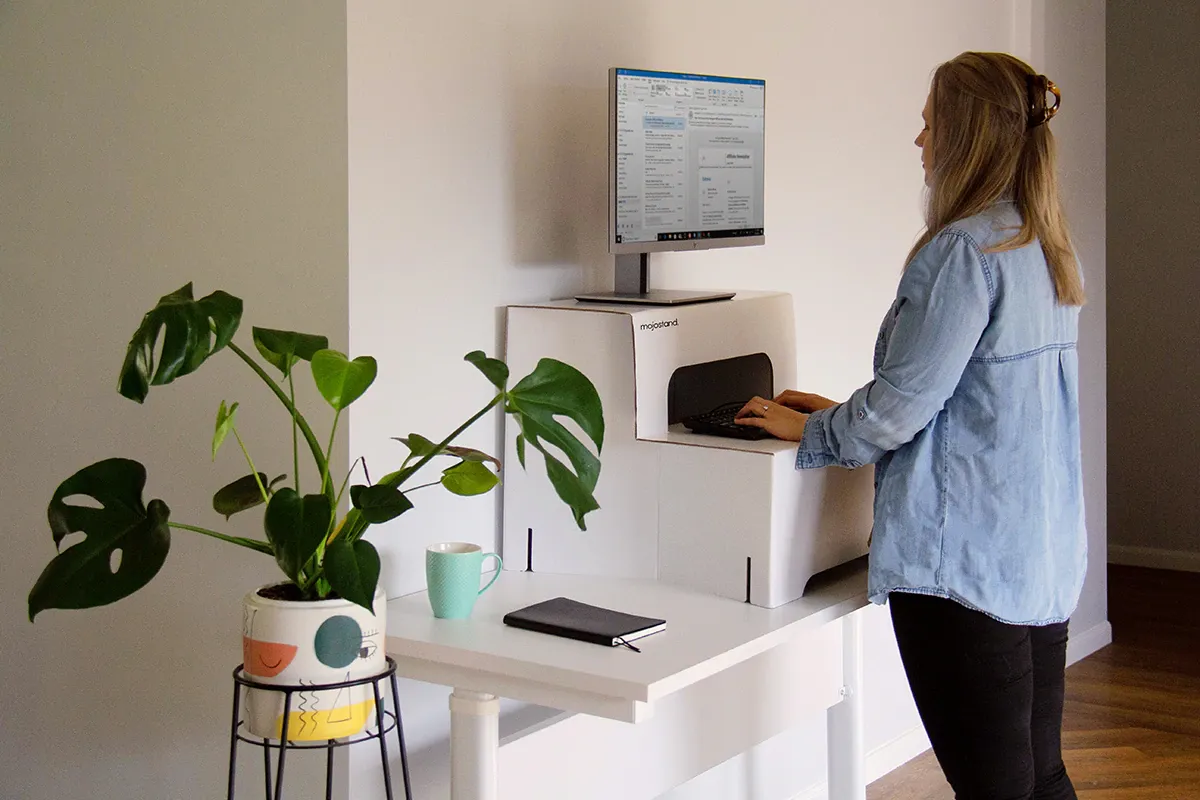
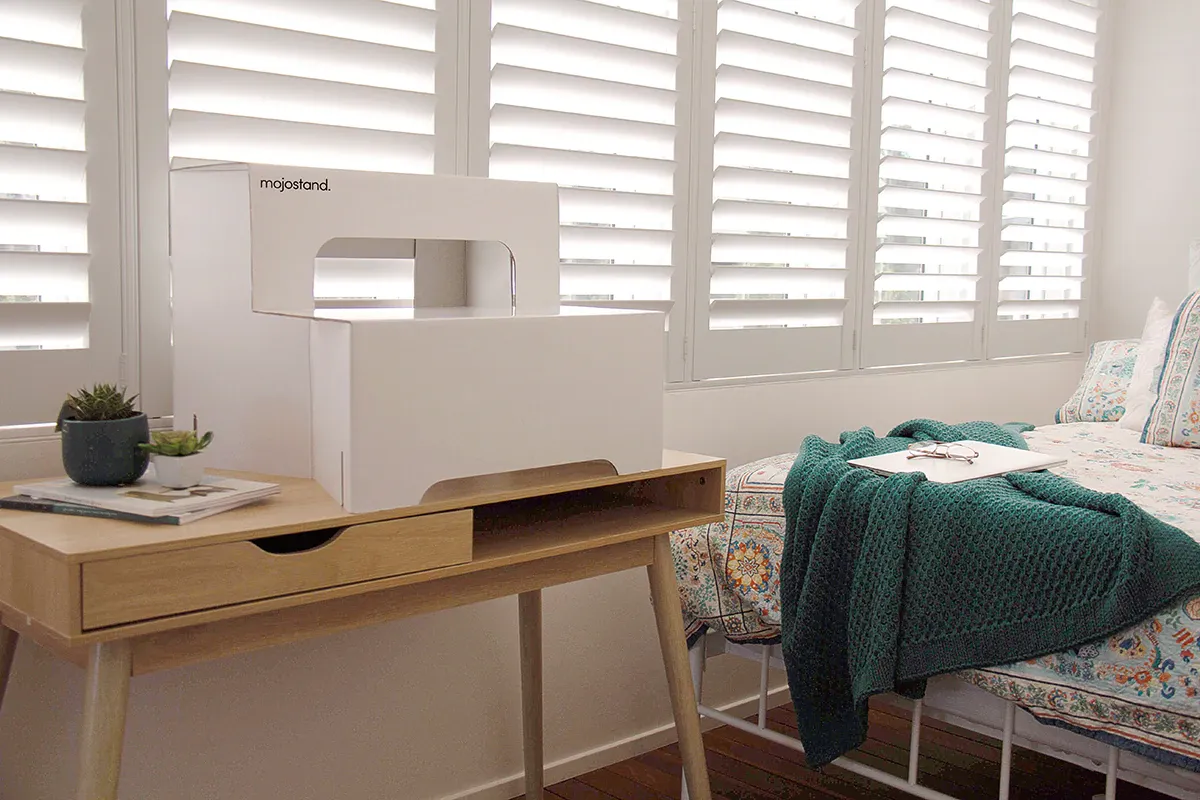
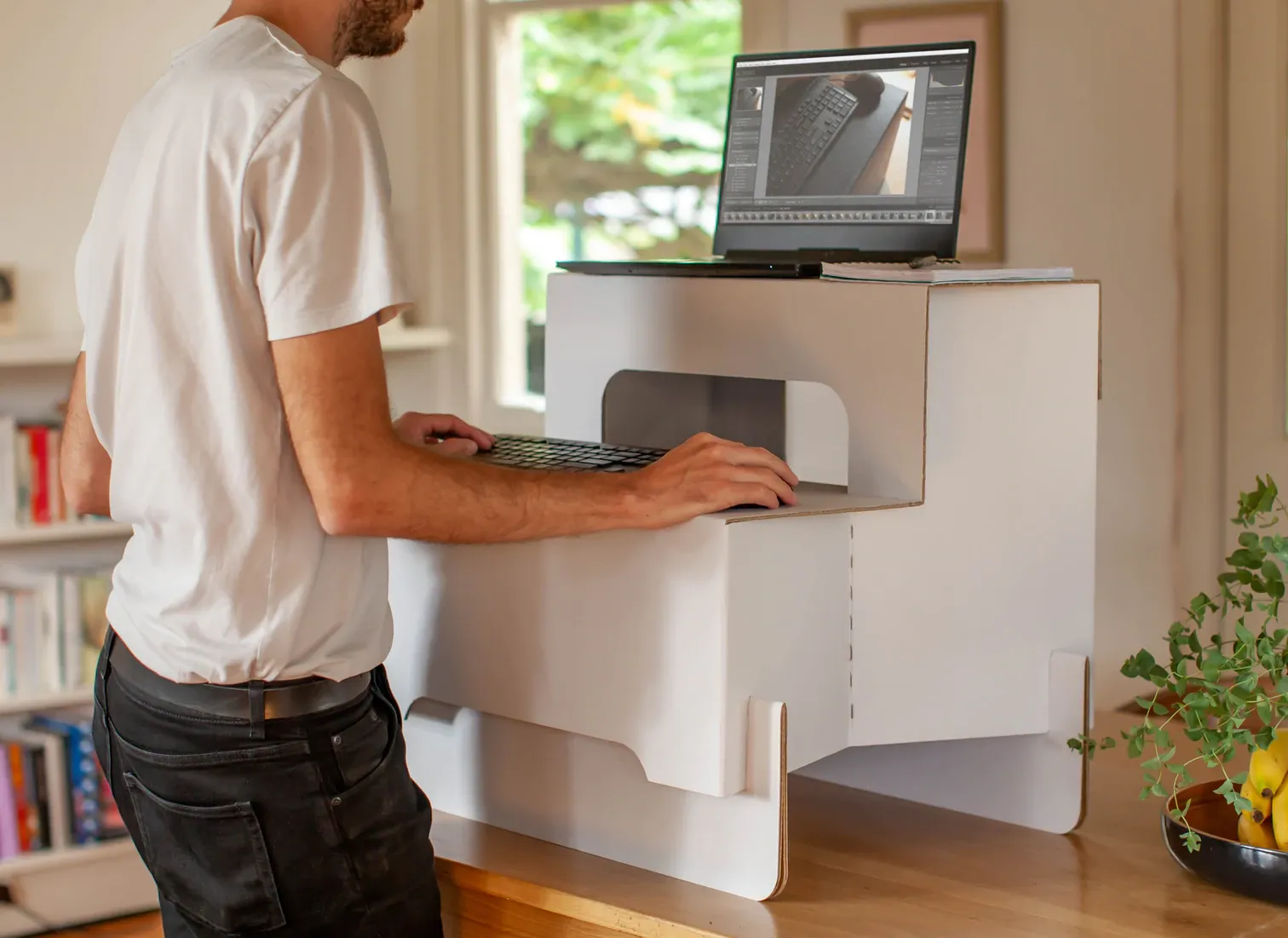
I found some heavier-duty converters from Fully towards the higher end, which seems to be a trusted and well-reviewed brand. At £199 / $270 for the simple tray and £250 / $340 for the dual-platform option, they warrant some research before buying:
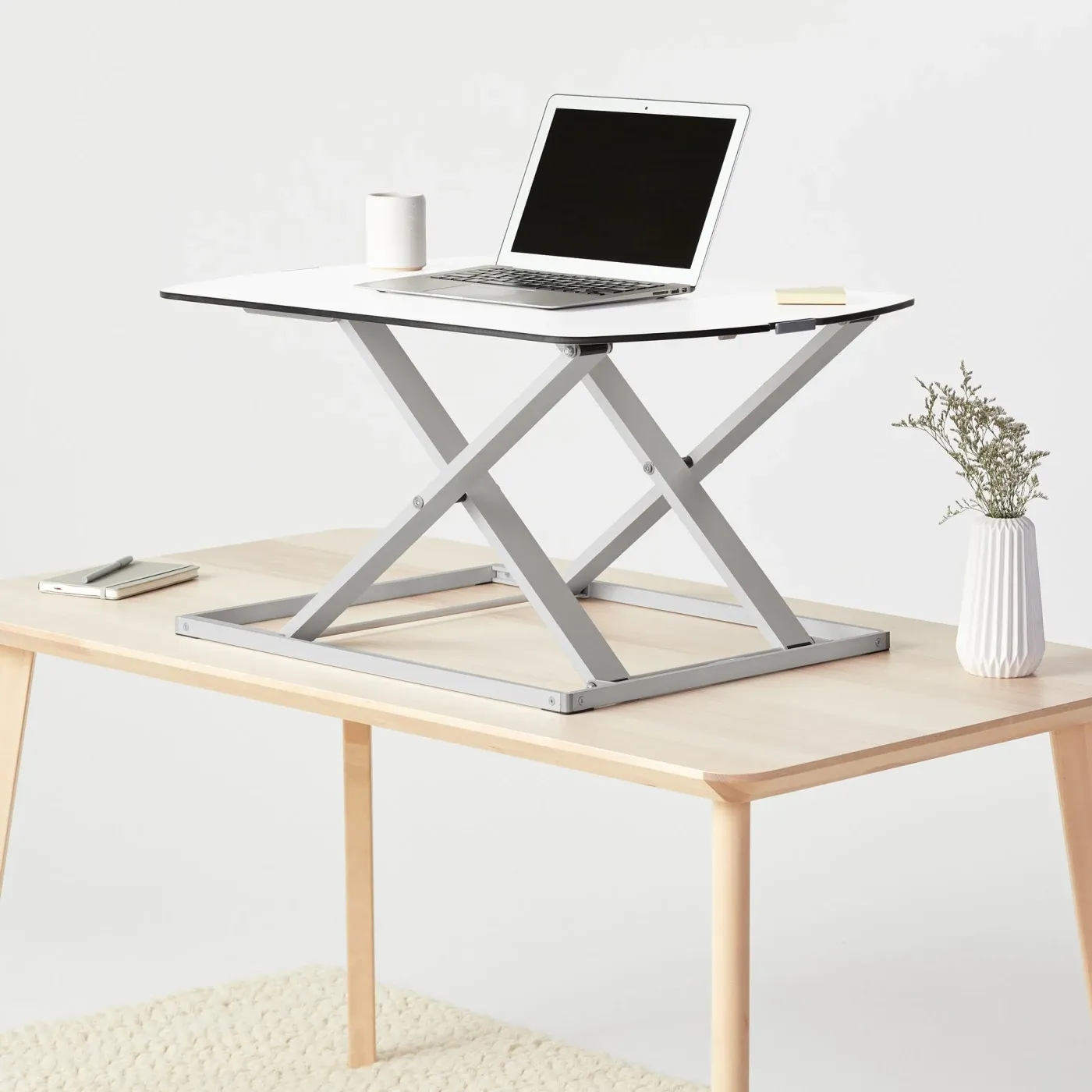
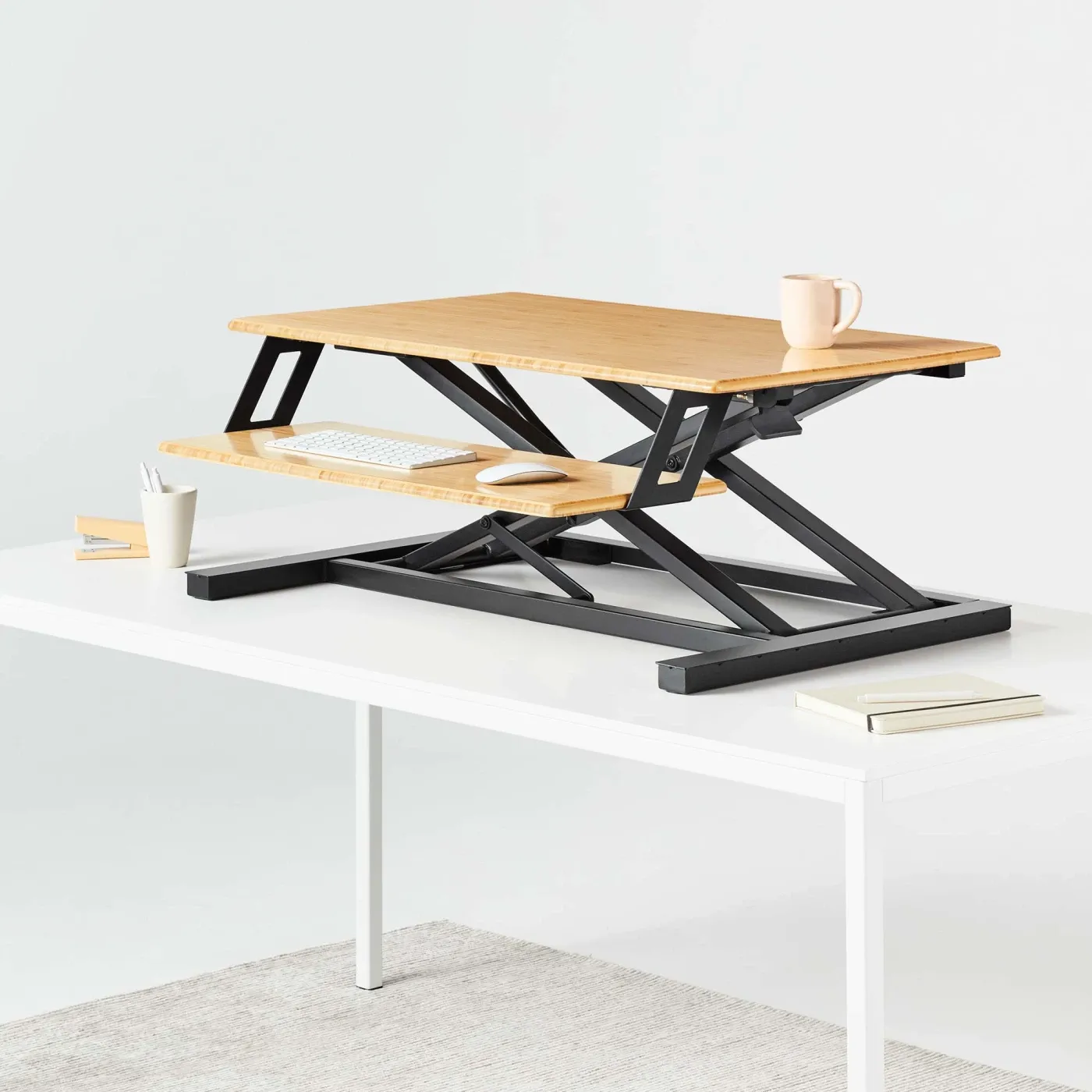
A special mention goes to this minimalist wooden design from Humbleworks, which packs flat, and is semi-portable if you change location a lot. Again, at £199 / $270, it’s still a substantial buy:
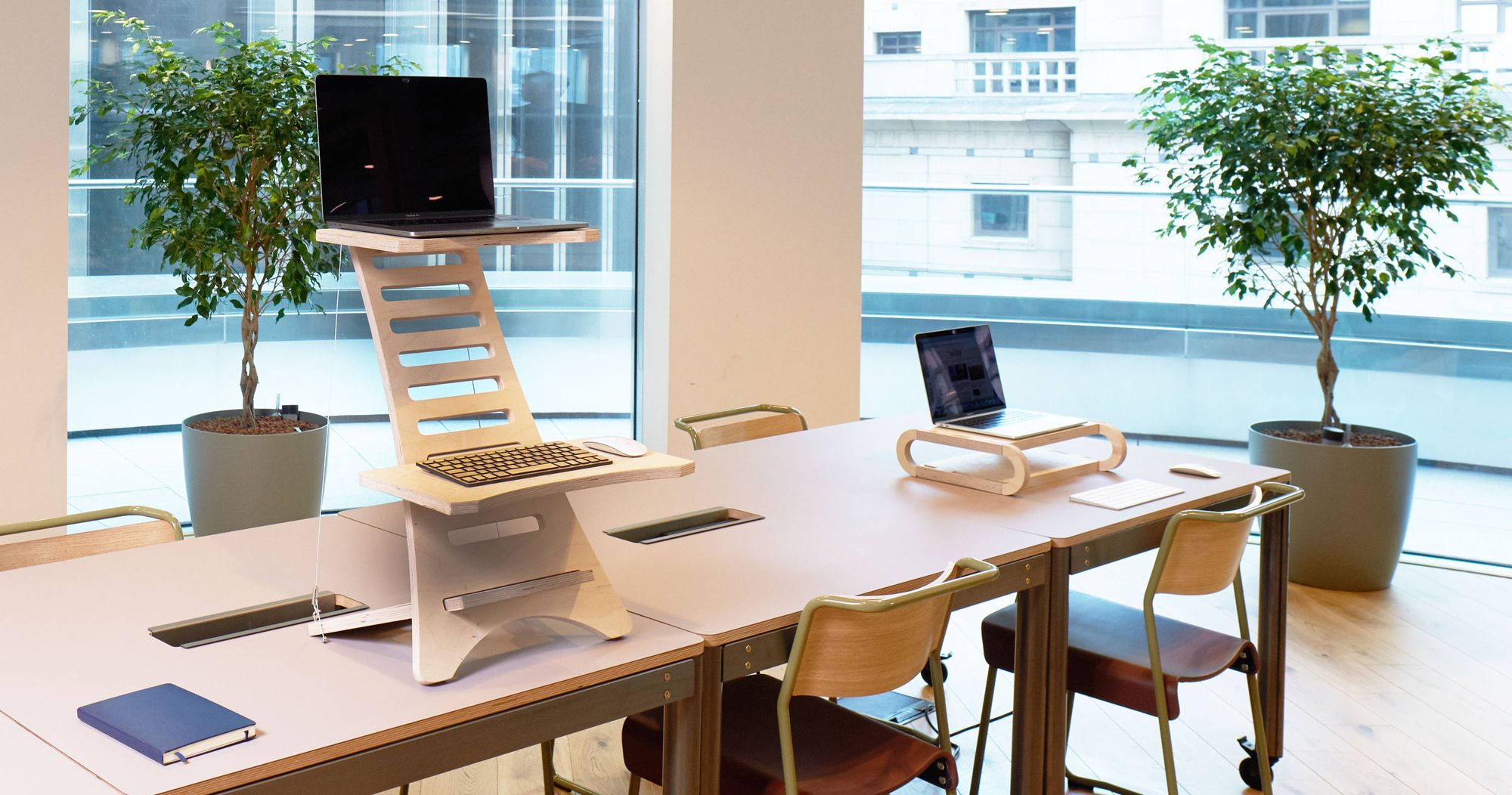
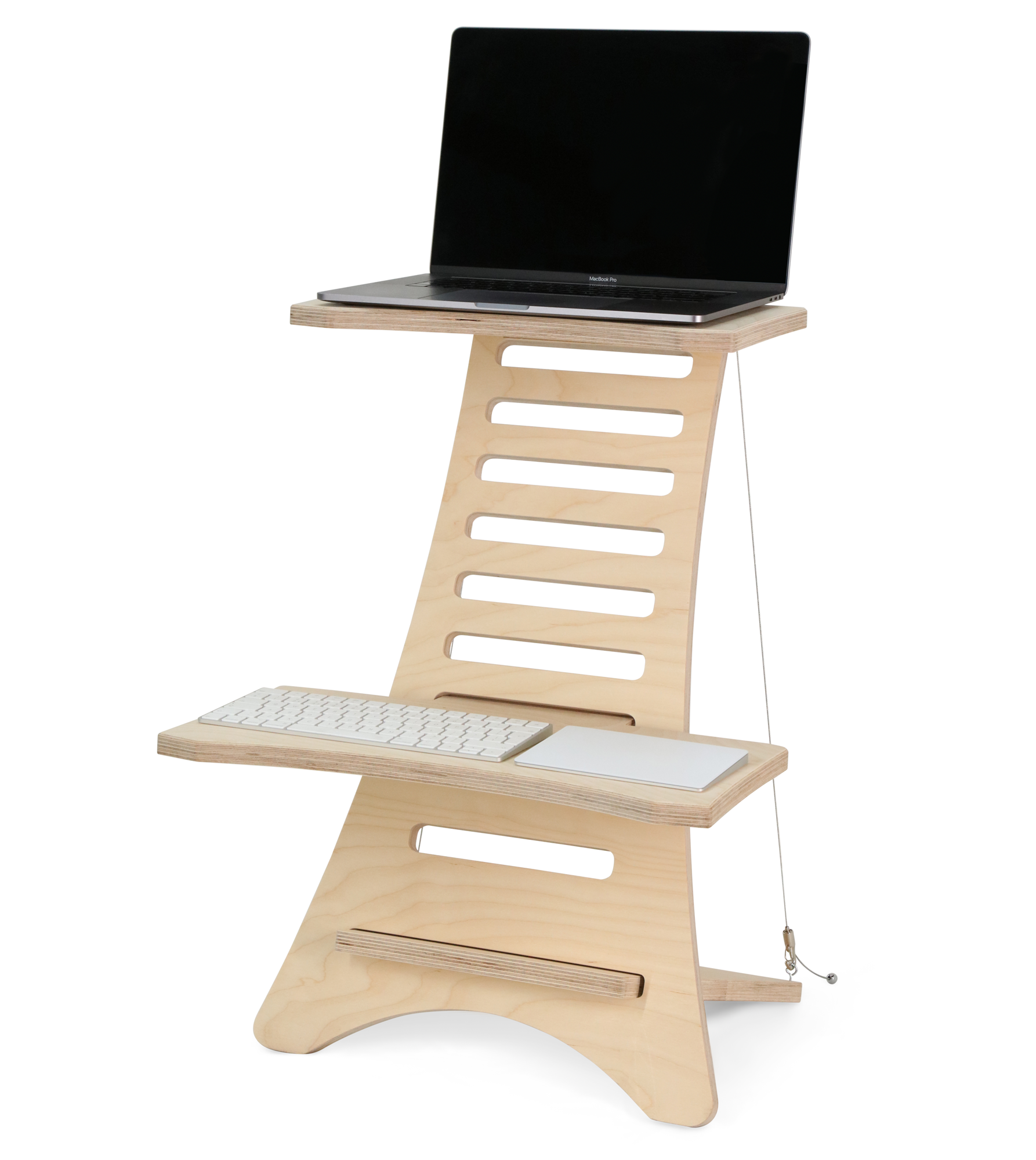
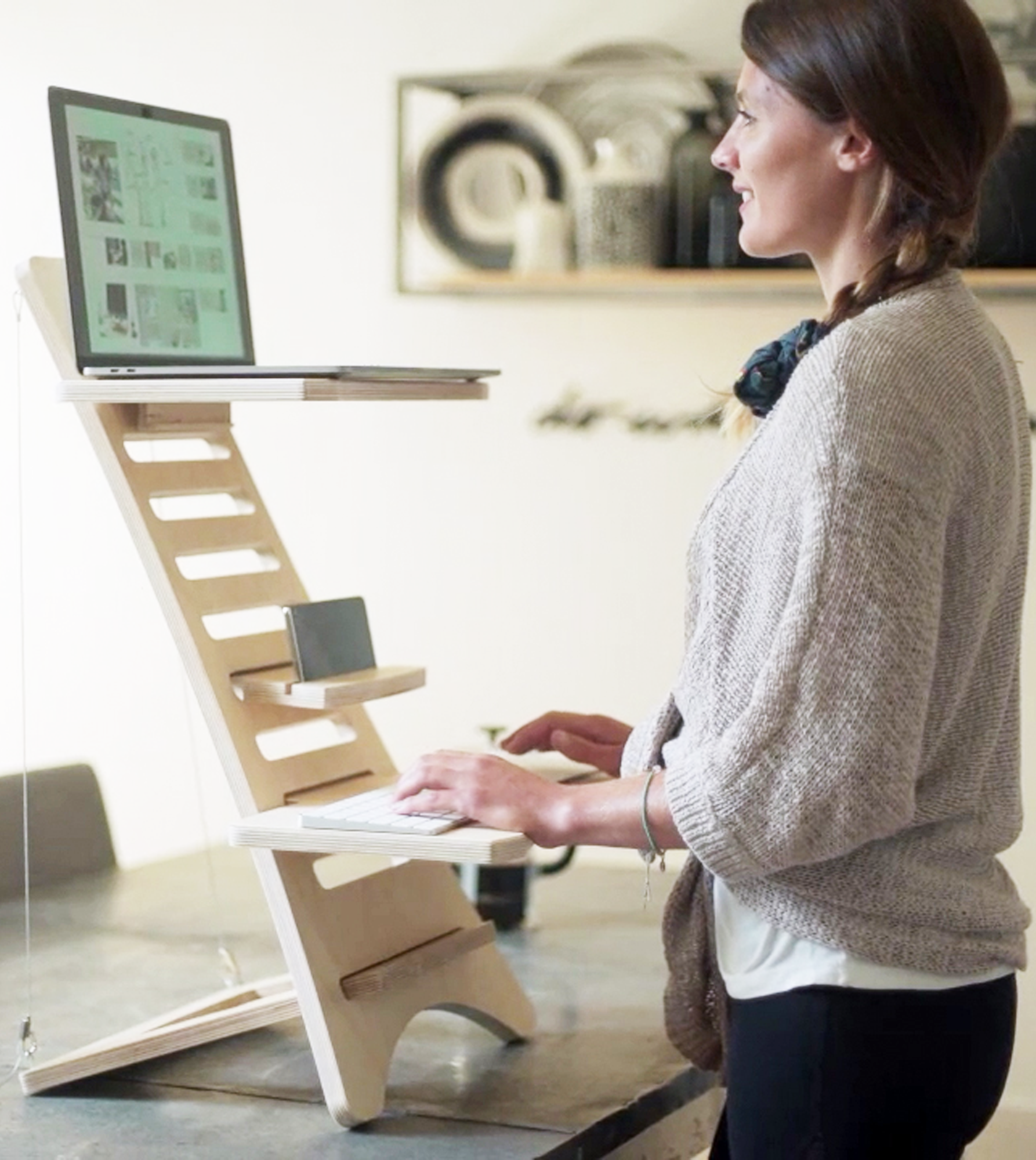
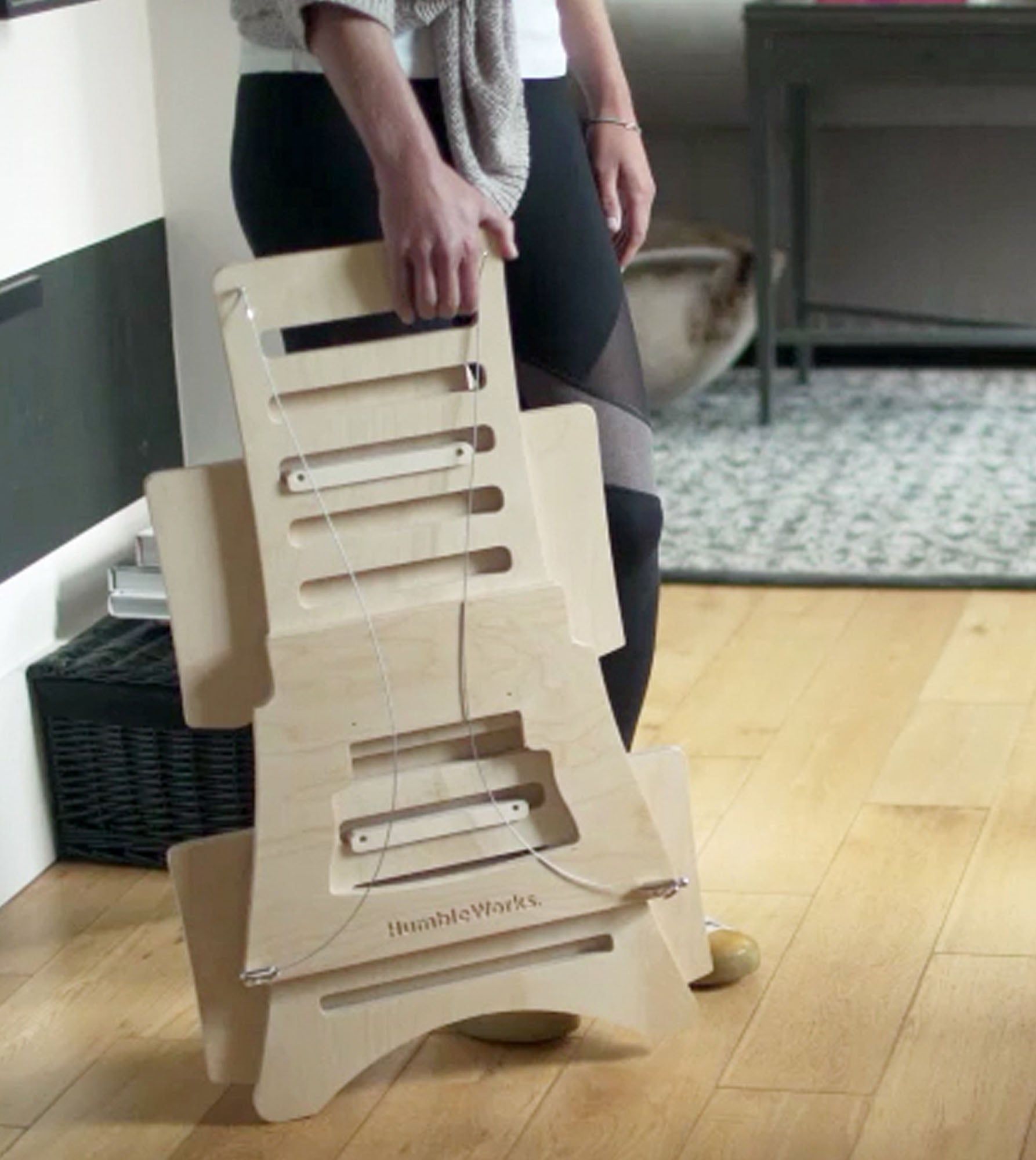
Route 2: A complete adjustable desk setup
This is where you can spend some serious money if you get carried away.
A suitable desk can cost a lot. Combine that with the ability to raise and lower, and you end up with a very light piggy bank.
The Jarvis desk, again from Fully, comes up a lot as a popular product. For a 180cm wide desk, you’re going to be paying £689 / $930 for the base level option:
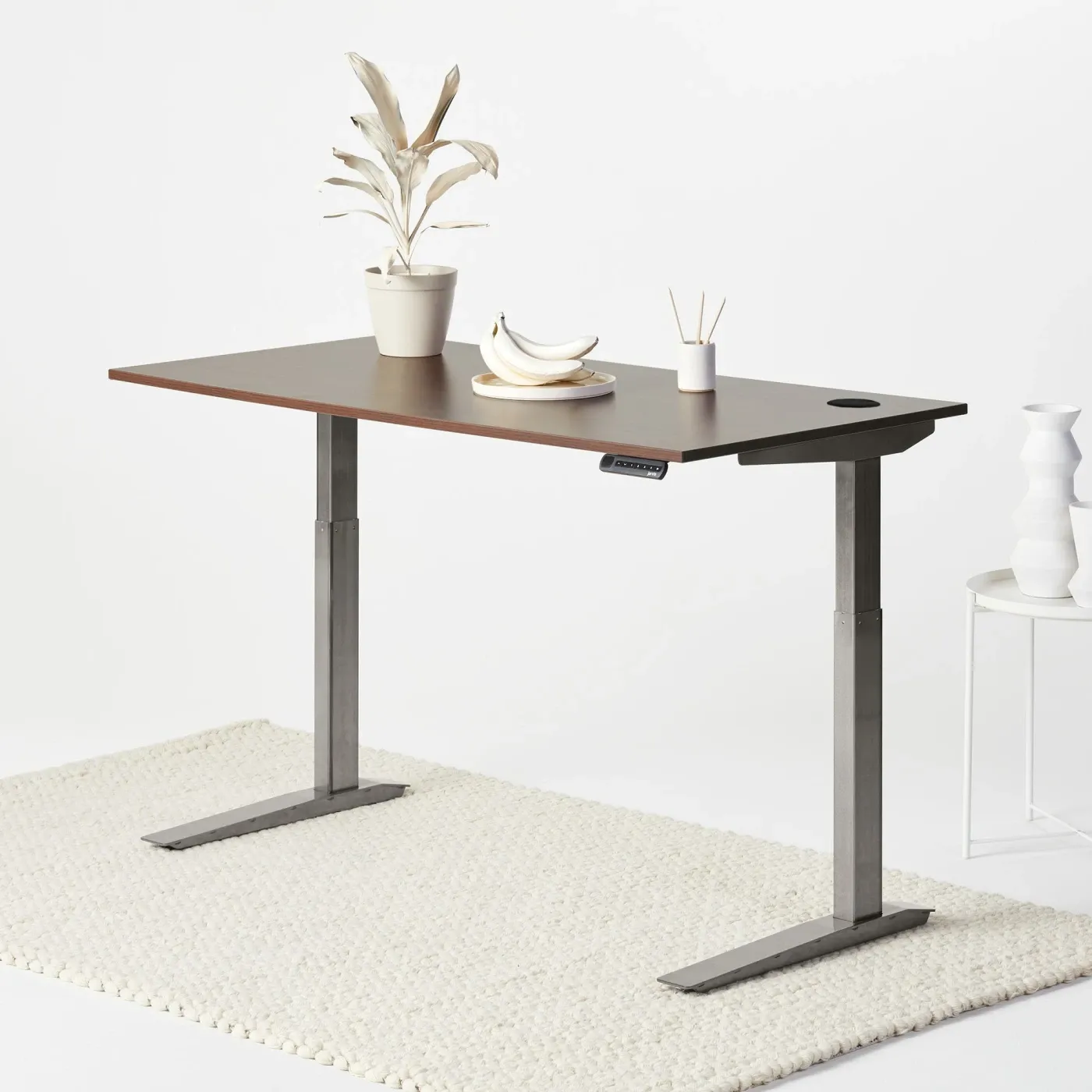
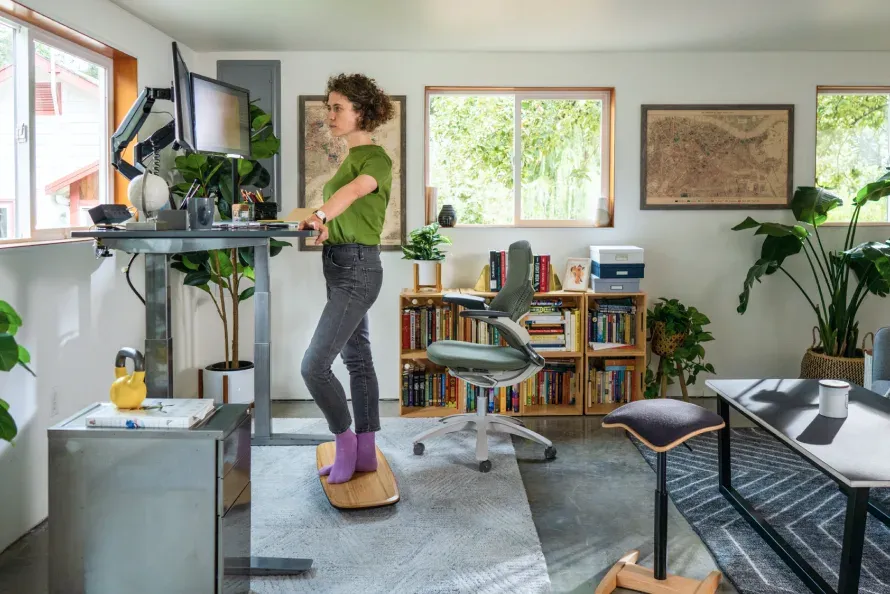
A brand called Autonomous seems to be another favourite. A 180cm wide desk will set you back £290 / $390.
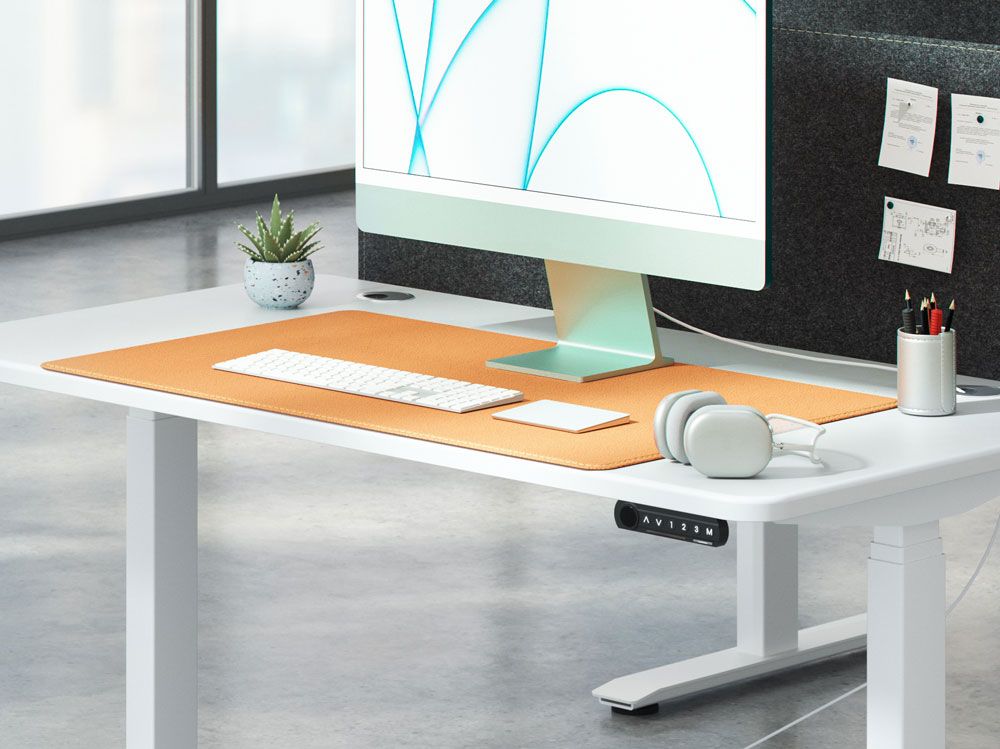
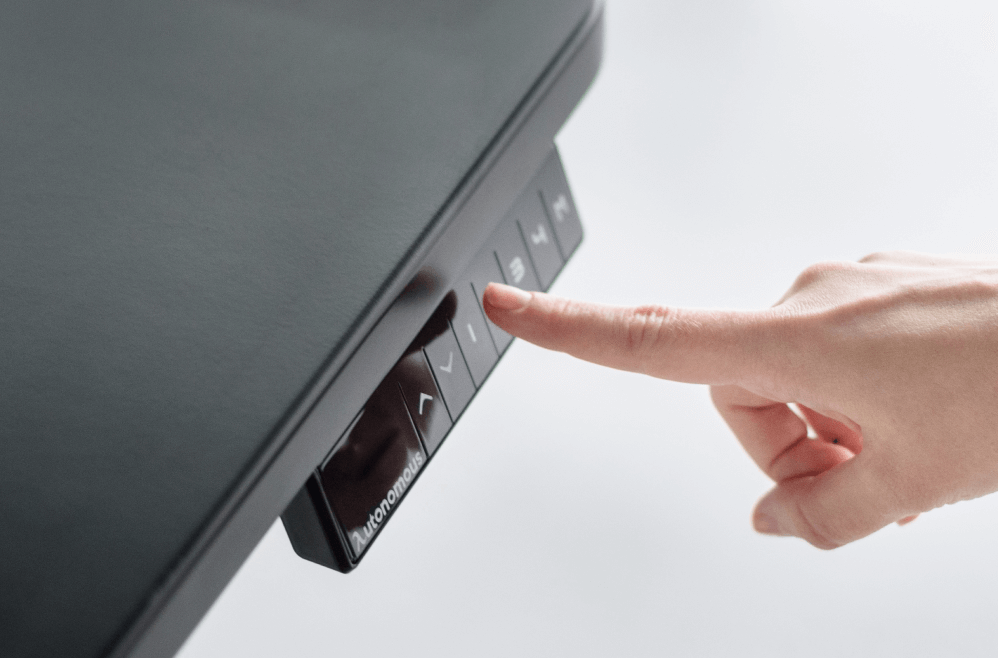
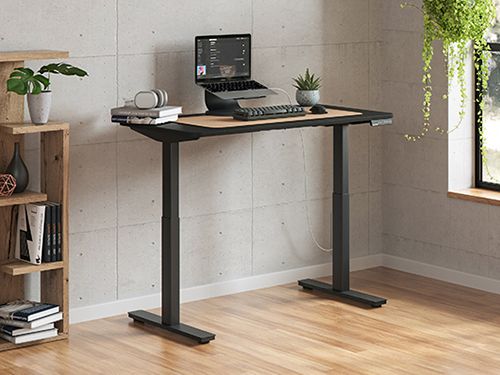
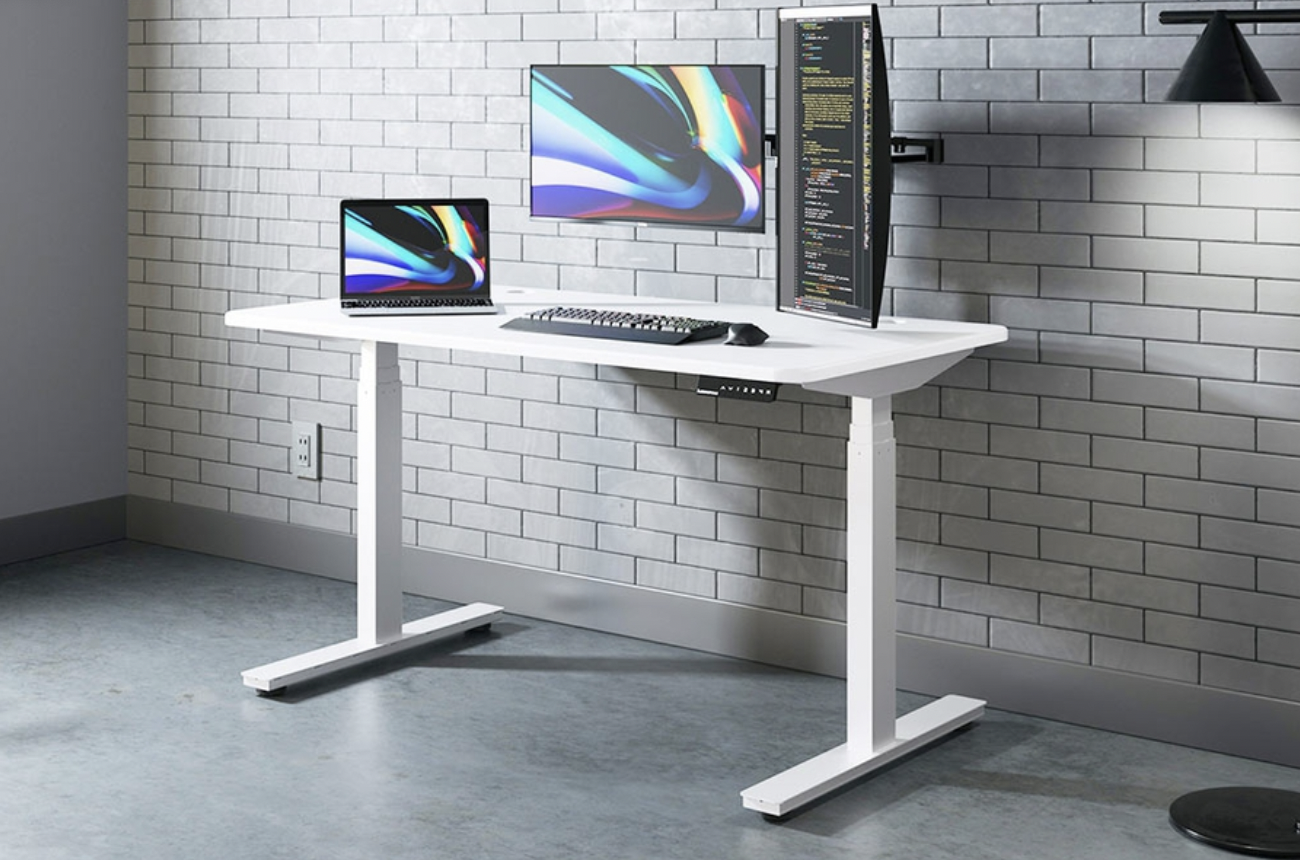
Motors power both, and a control panel adjusts the height.
You can also get manual lifting desks that you crank up and down like you’re starting an old car.
These can be a bit cheaper, with the SKARSTA from IKEA coming in at £215 / $290:
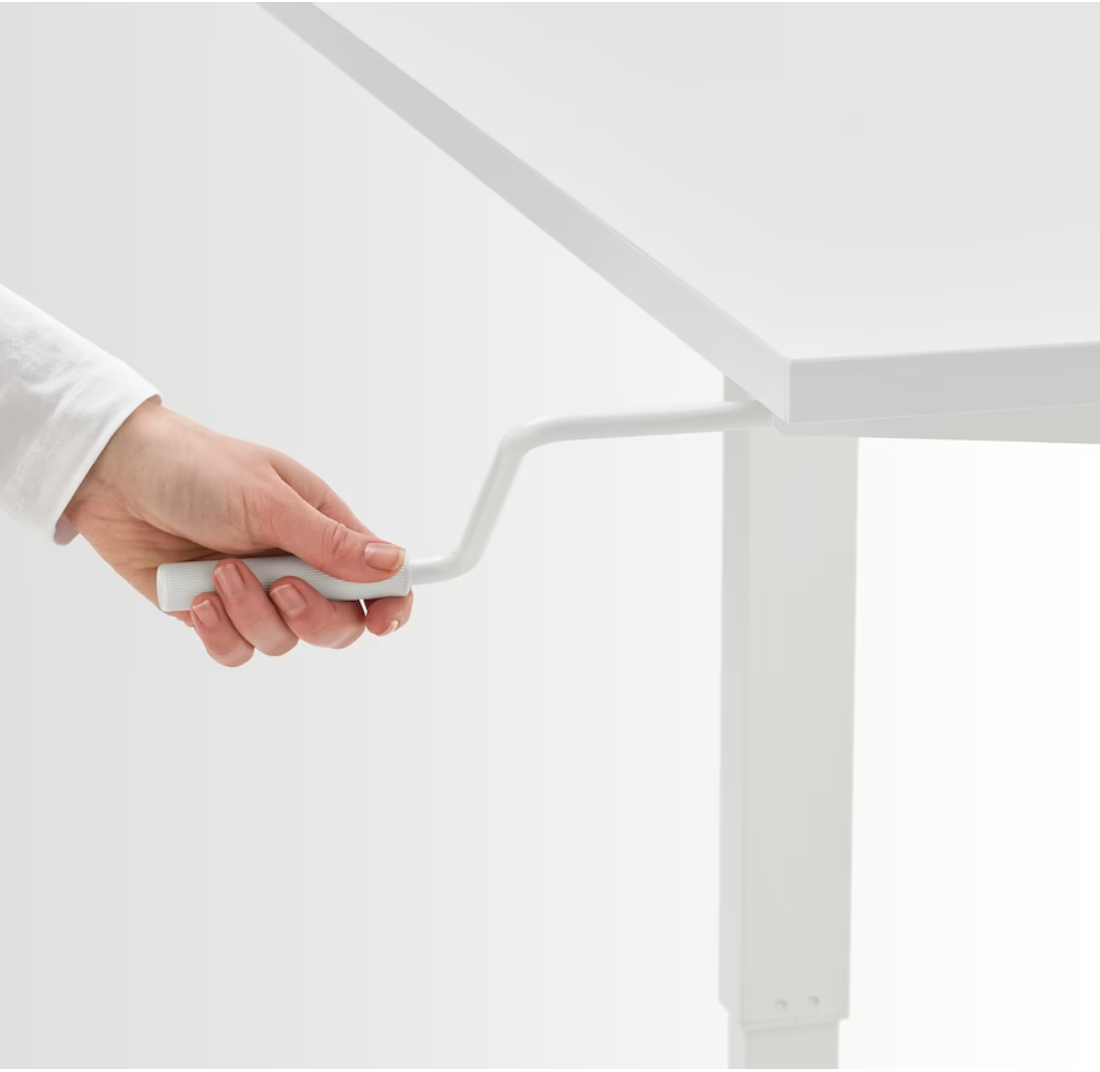
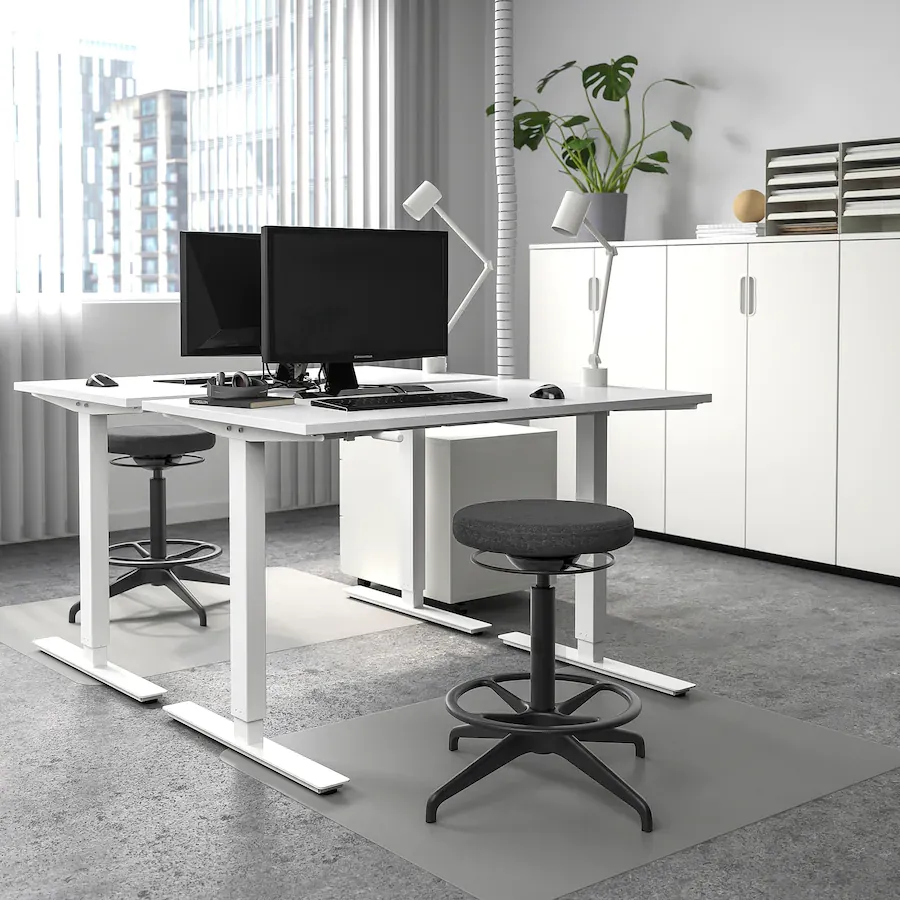
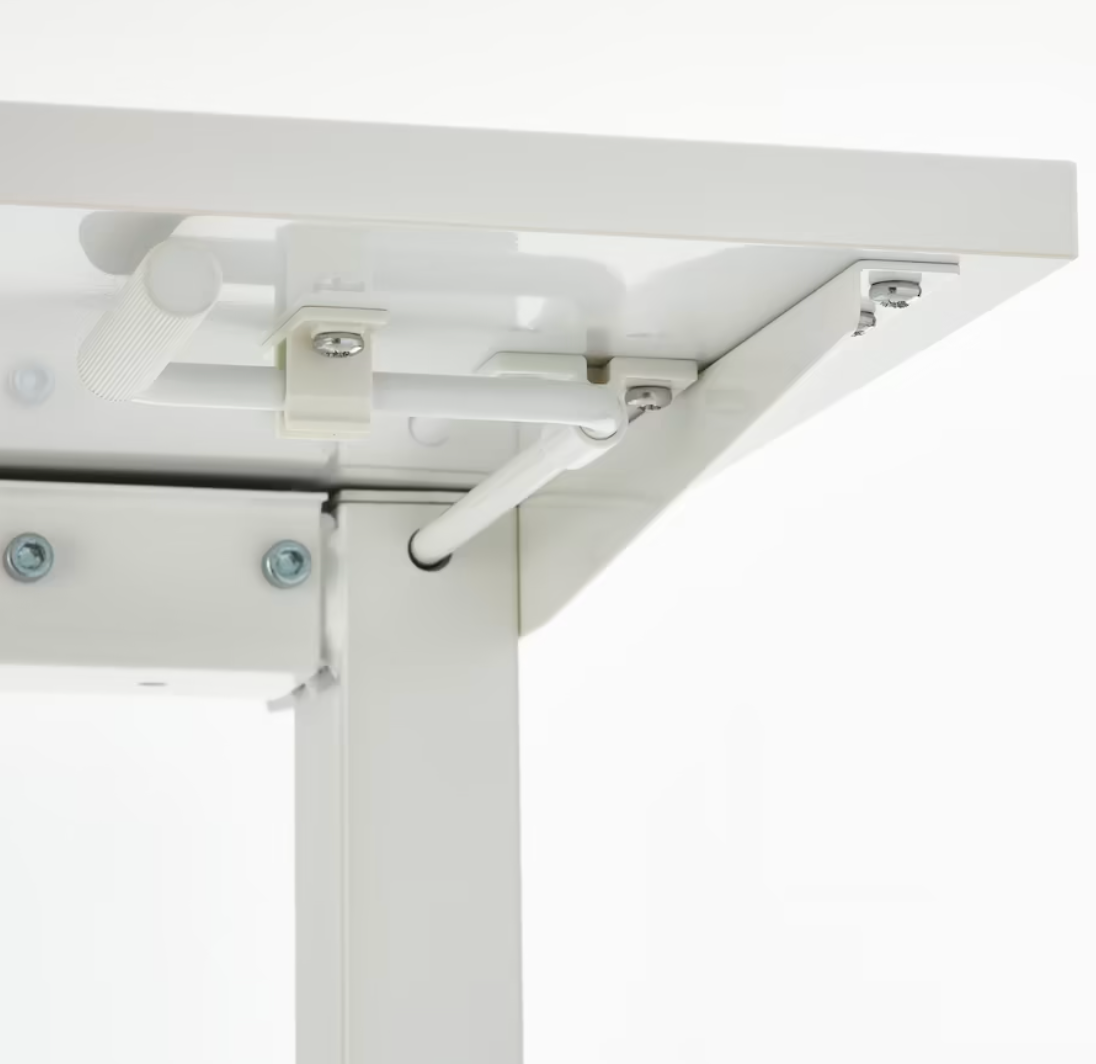
Route 3: A standing desk frame
This is essentially the previous option, just without the tabletop. It tends to be a goldilocks solution for people who already have a desktop they want to keep.
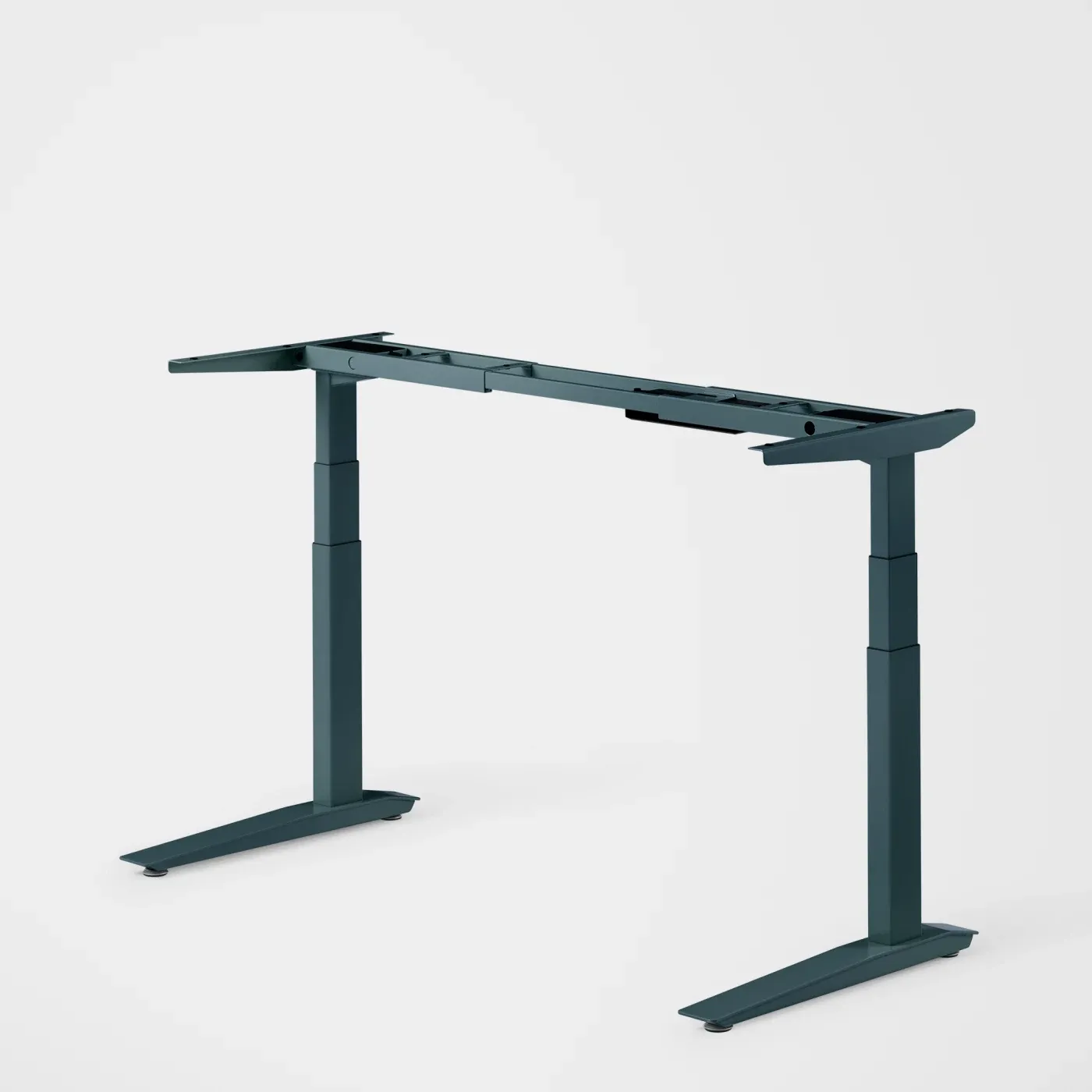
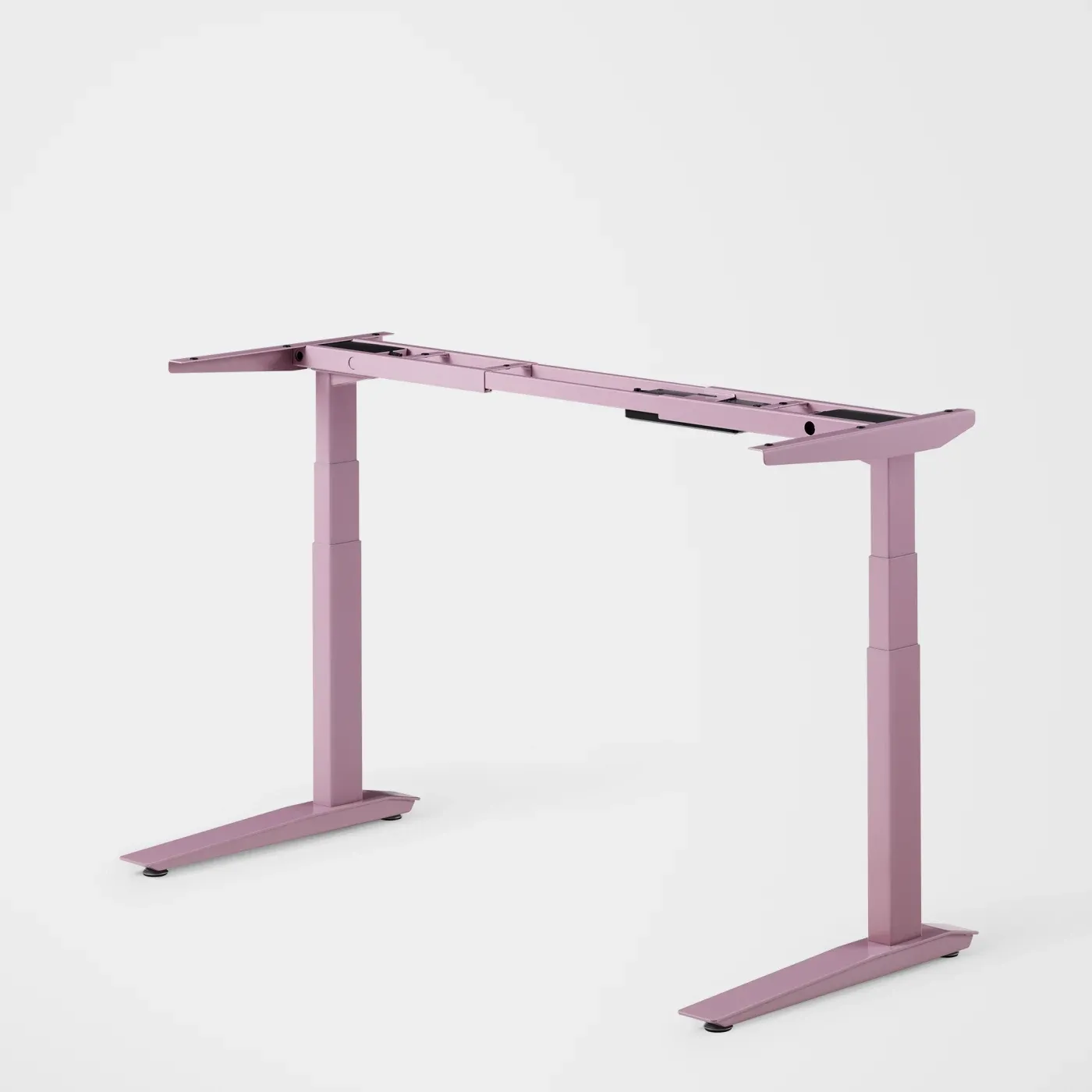
You can save some money by just buying the legs, but it’s then up to you to make sure your top is the right size and a suitable material.
The cheapest frame I spotted was £130 / $175, but most sit between the £200 to £300 range ($270 to $400).
What should you choose?
This all comes down to personal circumstances. You can get some nice complete desks if you have the room and the budget. Although If you’re working from home, stuck at the kitchen table, then a tabletop converter may be all you can use.
The key seems to be making sure that it’s adjustable and can be set precisely to your body.
That means your monitor height is at eye level. Your keyboard and mouse should be set to a height that allows your elbows to stay close to your body at a 90-degree angle. Your shoulders should be relaxed, and your wrists at a neutral position.
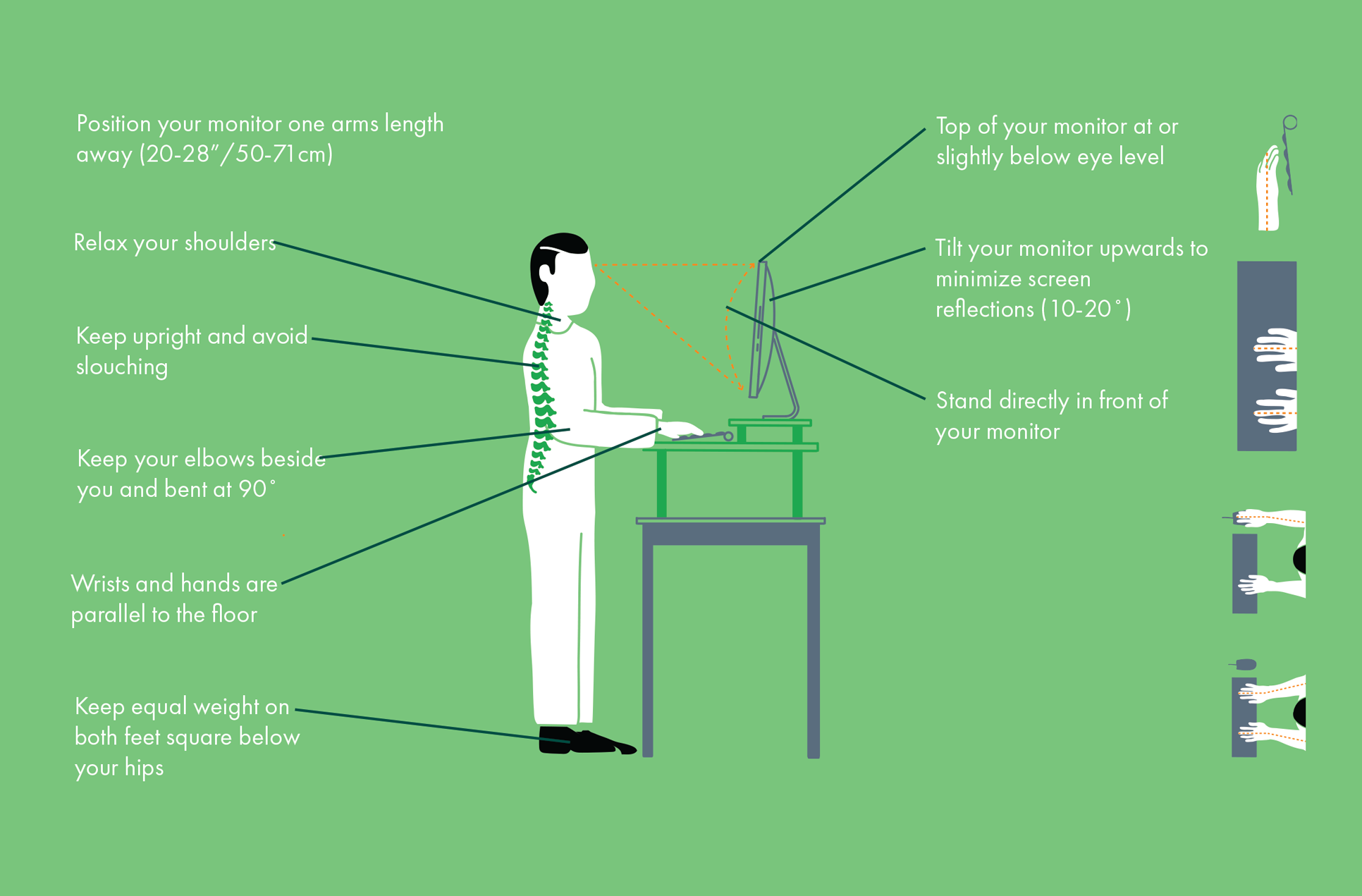
What did I buy?
I went for route three, a standing desk frame, as I had a desktop already.
After a few hours of research, I decided to buy the TOPSKY dual-motor electric frame. Unfortunately, it was purchased from Amazon, which meant pressing a few coins into the slippery hands of Mr Bezos. This was unavoidable at the time as we were deep into the pandemic and stock was nonexistent everywhere else.
It ticked a few essential boxes, such as:
This is the boy right here:

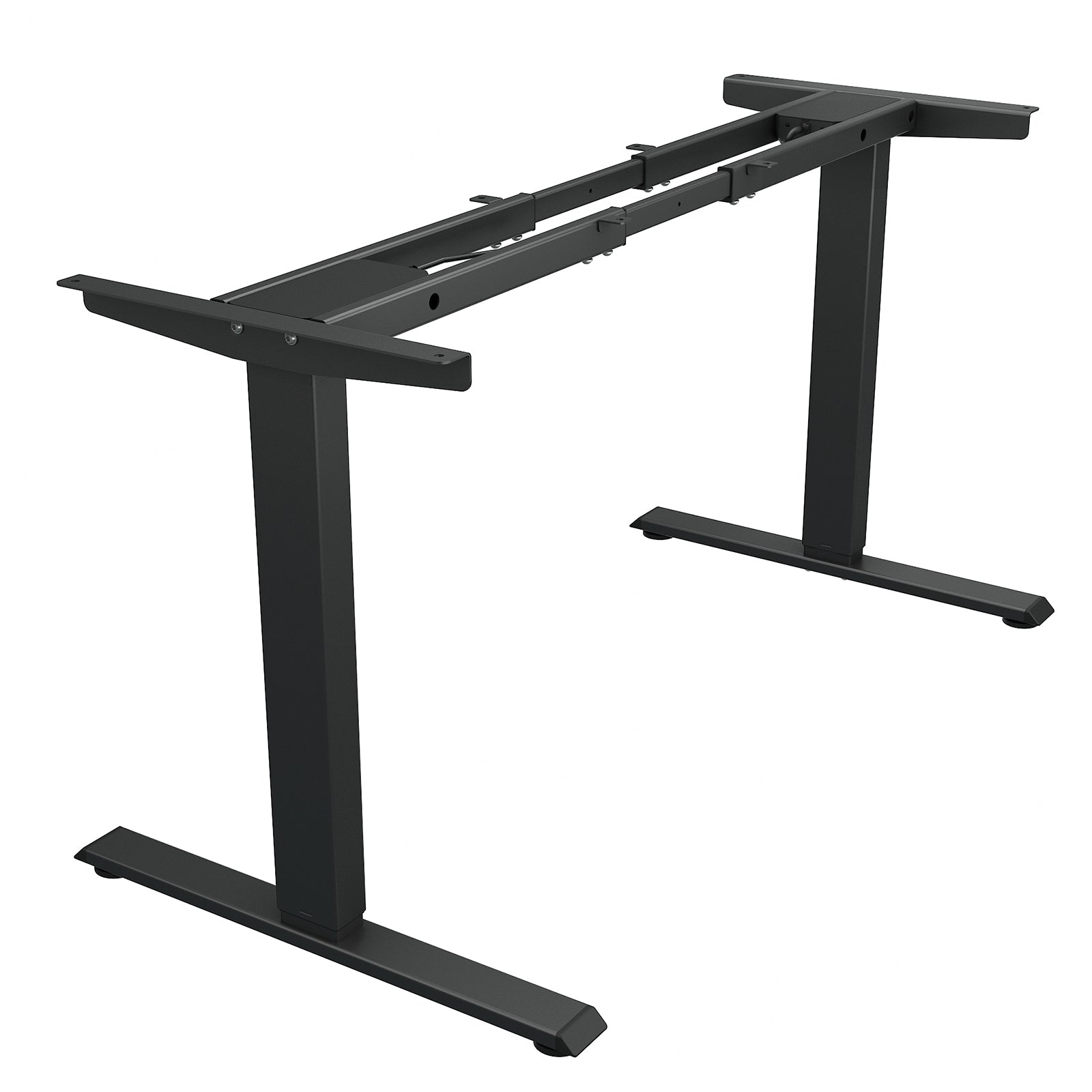

What have I learned?
The headline is that a standing desk has been an excellent purchase for me. The ability to switch working positions every hour has left me feeling better than ever, and I absolutely would recommend you try it out.
My main takeaways are:
The frame I chose 12 months ago is still going strong today. The only thing I changed was the tabletop itself. The big wooden boy. I had a cheapo IKEA jobbie that was made from particleboard-reinforced corrugated paper. The weight of my knick-knacks and giant bowling ball head was stressing it out, so I got a nice heavy-duty top from Flexispot.
Will standing up improve your design work?
Probably not in the short term. But it will make you feel slightly less like a gnarled aching trash person and increase your posture in the long term. And that can only help, right?
If you have any suggestions or questions, let me know in the comments. Standing desk users are very much like people who use Notion or have a minor food allergy - we love putting our anoraks on and talking about it.
If you've found this post interesting, let me know in the comments below. What are your thoughts? Do you agree? Or do you disagree so lankily you want to use those long awkward legs and stand on my head? Please don't do that.
For more Review stuff, click here, and for Starting Point stuff, click here. If you liked this piece, you'd probably be interested in this one about how many projects you should include in your design portfolio, so go there next.
Remember to look out for humps and watch that posture; I'll catch up with you in the next one.
Want new articles instantly?
Join the newsletter list to read pieces the moment they're published.
Subscribe


